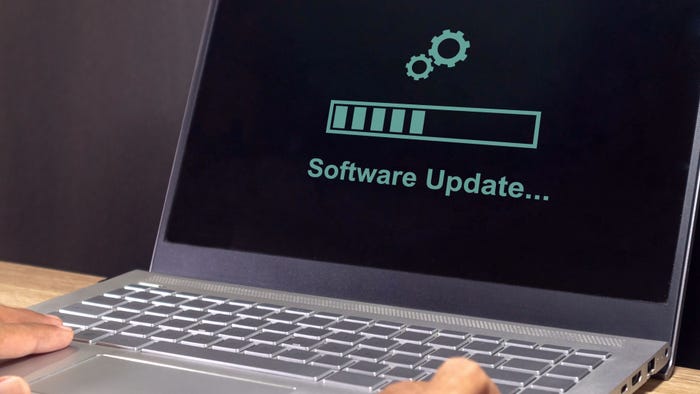Fortinet's FortiGuard Labs Reports a 30 Percent Increase in Mobile Malware in the Last Six Months; Seeing 1300 New Samples Per Day
Team Reveals that Attackers are Taking Advantage of Old Vulnerabilities, Despite Being Patched, in Ruby on Rails, Java, Acrobat and Apache
August 6, 2013

PRESS RELEASE
Team Reveals that Attackers are Taking Advantage of Old Vulnerabilities, Despite Being Patched, in Ruby on Rails, Java, Acrobat and Apache
SUNNYVALE, Calif., August 5, 2013 ― Fortinet (NASDAQ: FTNT) − a world leader in high-performance network security – today announced the findings of its FortiGuard threat landscape research for the period of January 1 − July 31, 2013. The complete report can be downloaded here: http://www.fortinet.com/resource_center/whitepapers/quarterly-threat-landscape-report-q213.html
Mobile Malware on the Rise
FortiGuard Labs observed a 30% increase in mobile malware in the labs over the last six months. The team is now seeing more than 1,300 new samples per day, is currently tracking over 300 unique Android malware families and over 250,000 unique malicious Android samples. Figure 1 shows the increase in mobile malware from January, 2013 through July, 2013.
Bring Your Own Trouble
The Bring Your Own Device (BYOD) phenomenon has many benefits for a business, chief among them are increased employee efficiency and productivity gains. However, the disadvantage of a lenient BYOD policy is the threat of mobile malware infecting the user's device and, subsequently, the business network.
"Three years ago, mobile malware wasn't much of a concern for users or businesses. Most malware at the time targeting smartphones and tablets were nothing more than annoyware such as the Cabir virus or scam software used to commit SMS fraud or replace icons," said Axelle Apvrille, senior mobile anti-virus researcher for Fortinet's FortiGuard Labs. "However, as devices have proliferated, so, too, have cybercriminals eager to capitalize on the growing user base, and our research shows the proliferation of mobile malware will not abate anytime soon."
Symbian Started it All
In 2009, the majority of mobile malware in existence targeted the Symbian OS, as iOS and Android were still relatively new in the marketplace. In addition, a large number of the malware was coded by programmers in Eastern Europe and China, places where Symbian commanded a large share of the user base. Figure 2 shows which countries were distributing the most mobile malware in 2009.
Read more about:
2013You May Also Like

_Daniren_Alamy.jpg?width=700&auto=webp&quality=80&disable=upscale)
